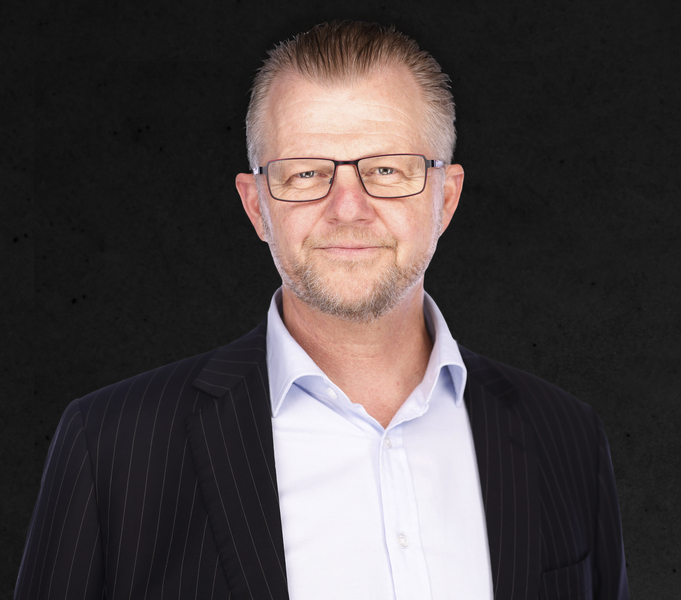As part of a global push towards a decarbonised grid, renewable project developers and investors are navigating increasingly complex risks, often beyond what standard project planning and contractual counterparty negotiations can manage. Proactive risk framing and insurance partnership strategies can help project developers and investors to better manage uncertainty and make their assets more bankable and tradable.
The new risk landscape for renewables
Emerging variables such as technology volatility, extreme weather, and global supply chain lag are reshaping the traditional trinity of risk (political, regulatory, and construction). While none of this is new to developers, what is changing is how insurers interpret these risks and how that interpretation affects everything from premium pricing, insurable terms and conditions, and asset valuation.
Common risk blind spots we see across solar, wind and Battery Energy Storage System (BESS) projects include:
Thermal runaway spacing in BESS: tight spacing between neighbouring BESS and key equipment can significantly alter insurer appetite and premium outcomes.
Solar panel fragility: thinner modules and limited stow protocols in locations with high hail exposure are leading to more severe claims, and reduced market confidence.
Wind turbine scale: aggregated large-capacity turbines carry complex business interruption implications, especially with long component lead times.
Critical spares planning: lack of spare parts increases business interruption exposures and corresponding insurance rates, cost blowouts, and may lead to higher deductibles.
NatCat design assumptions: insurers are more rigorously interrogating 1-in-100 and 1-in-250-year assumptions, especially in wildfire zones.
How your project benefits from a risk narrative
Insurers are no longer just pricing risk; they are making value judgements about your engineering, planning and operations. A poorly communicated project, or one with gaps in documentation, can face longer insurance placement timelines, narrower capacity, and sometimes full insurer withdrawal.
This isn’t just about insurance costs. It affects:
Due diligence confidence for equity and debt stakeholders.
M&A outcomes where asset resilience is under review.
Grid operator trust when operational continuity is in doubt.
Insurers aren’t risk-averse; they are information-hungry. ‘Data is king’ in the insurance industry, and the best way to meet this is with a proactive strategy that treats risk as a story, not a disclosure.
Mitigate early, communicate often
A few suggestions for developers and investors looking to get ahead:
Meet insurers before financial close, not just during it. Early engagement lets them influence risk design before it’s fixed.
Show your work. For example: What’s your wildfire mitigation plan? What’s your thermal event scenario? What drove your design and original equipment manufacturer selection? A slick data room means nothing if your risk assumptions are fuzzy.
Influence your indemnity periods. Can you demonstrate spares on site? This matters to your deductible structure and ultimately your valuation and corresponding premiums.
Model against real-world return periods, not legacy standards. 1-in-50 flood return period models do not hold up anymore.
Treat your insurance as part of your capital stack. An optimised insurance program is a strategic asset, not just a compliance box.
Selling the risk before you sell the asset
Ultimately, we need to stop viewing insurance as a procurement process and start framing it as a credibility tool. If you want to sell your project to an infrastructure fund, a state government, or a global independent power producer, for example, they need to trust that risk is embedded in your thinking, not an afterthought. In a world of tight margins and volatile conditions, it’s not just about doing the work, it’s about proving it.
As one of the leading insurance brokers within the renewable energy arena, Lockton’s Energy team has extensive experience placing targeted, accurate cover and effective risk management solutions for clients. Find out more by contacting a member of our team.

